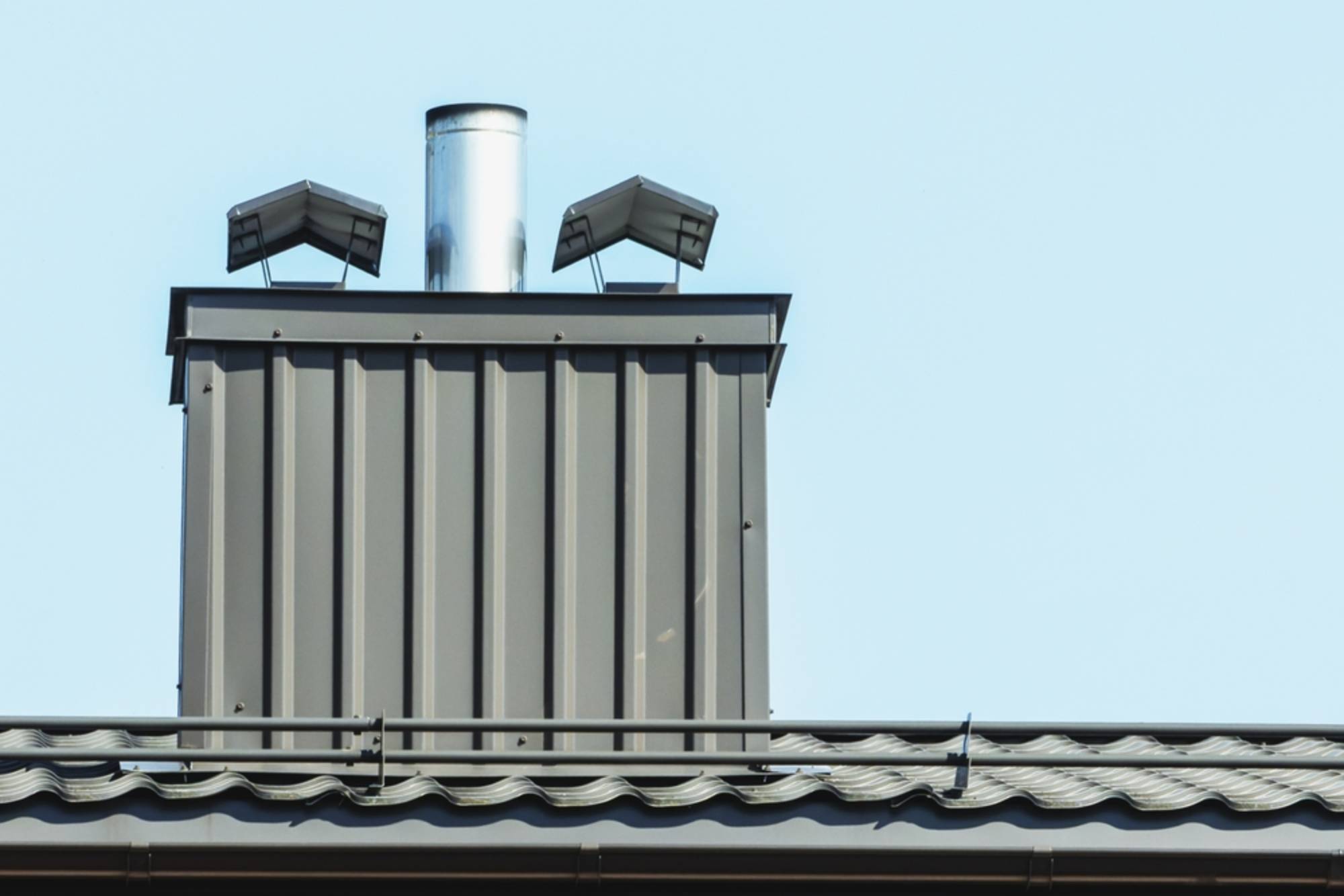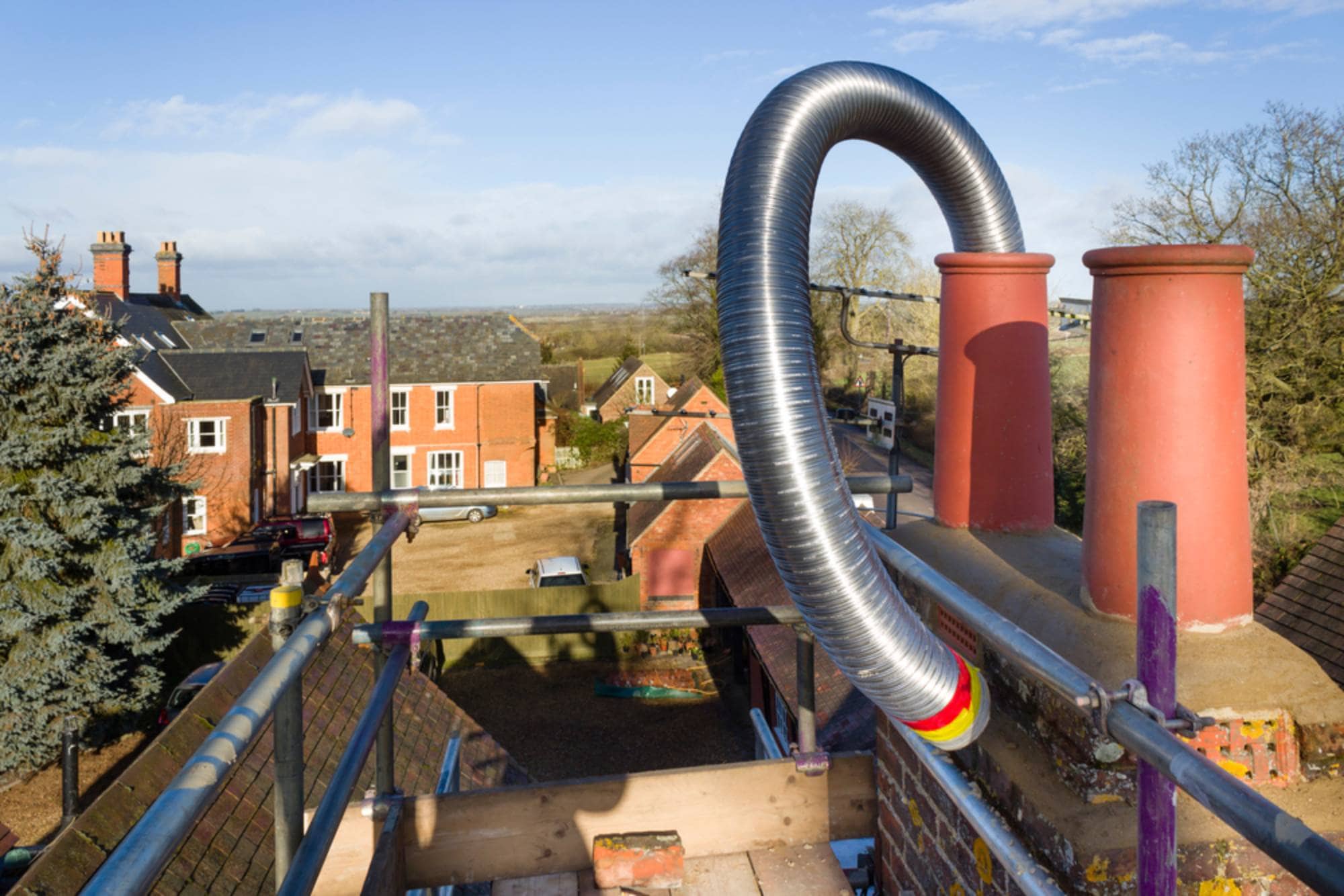Protecting your family from carbon monoxide and fire hazards with professional chimney liner installation.

Hear from Our Customers

You’ll sleep better knowing your chimney is properly lined. A professionally installed chimney liner creates a safe path for smoke and gases to exit your home while preventing dangerous leaks into your living spaces.
Your heating system will run more efficiently. The right liner improves draft and reduces energy waste, which means lower heating bills and better performance from your fireplace or furnace.
You’re investing in long-term safety and value. Quality liner installation protects your home’s structure from heat damage and corrosion while meeting insurance requirements and building codes.
Above and Beyond Chimney has been serving Bristol County homeowners with honest, reliable chimney services. Our CSIA-certified technicians understand the unique challenges that Easton’s coastal climate presents to chimney systems.
We’ve seen what happens when liner work is done wrong or skipped entirely. That’s why we take the time to explain what we find and recommend only what your chimney actually needs.
Every installation meets current building codes and manufacturer specifications. We’re not the cheapest option in town, and that’s intentional—you’re paying for work that’s done right the first time.

We start with a thorough inspection of your existing chimney structure. This includes checking the flue dimensions, assessing any damage, and determining the right liner material for your specific heating system.
Next, we prepare the chimney by cleaning and making any necessary repairs to ensure a proper fit. The new liner is carefully installed with appropriate insulation and connected to your appliance according to manufacturer specifications.
Finally, we test the system to ensure proper draft and seal all connections. You’ll receive documentation of the work completed and guidance on maintaining your new liner for maximum safety and performance.

Ready to get started?
Our chimney liner installation includes stainless steel liners for both fireplace and furnace applications. We handle everything from single-wall flexible liners for simple installations to rigid systems for more complex configurations.
Every installation includes proper insulation when required by code or manufacturer specifications. This is particularly important in Easton’s climate where temperature fluctuations can affect chimney performance and safety.
We also provide aluminum liners for gas appliances and can install clay tile liner systems when appropriate. Each material choice depends on your specific heating system, chimney construction, and local building requirements.
